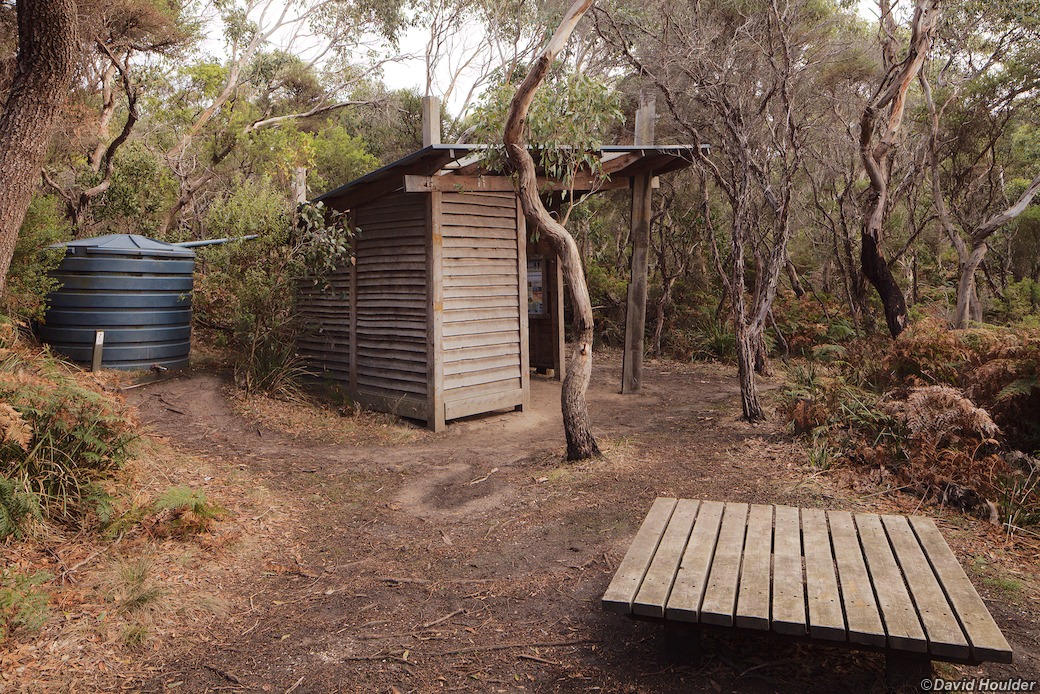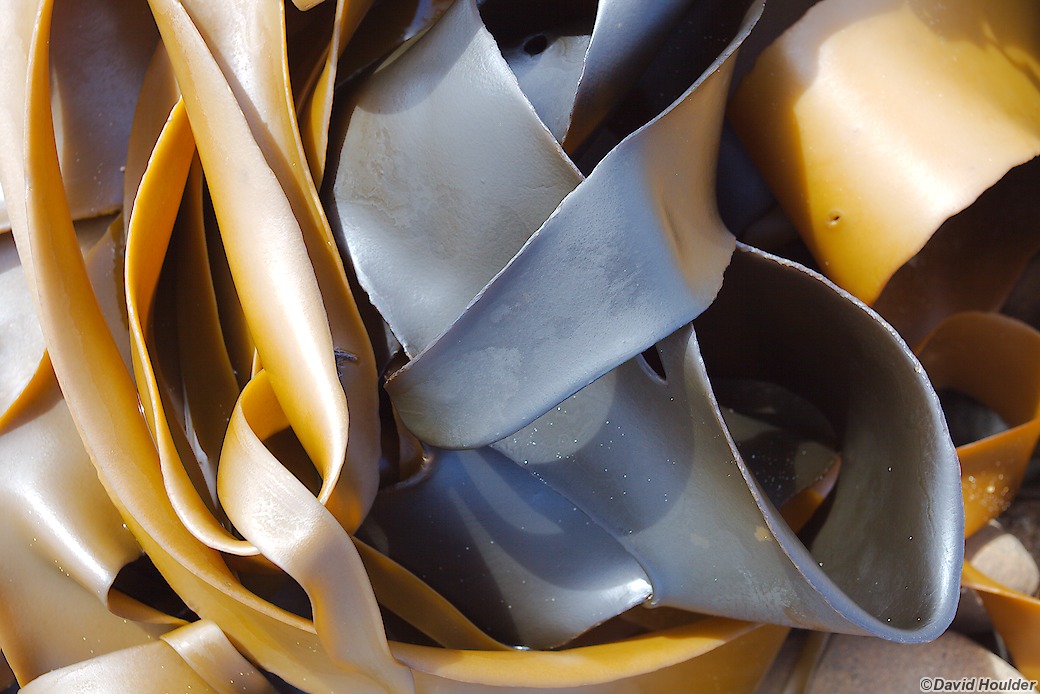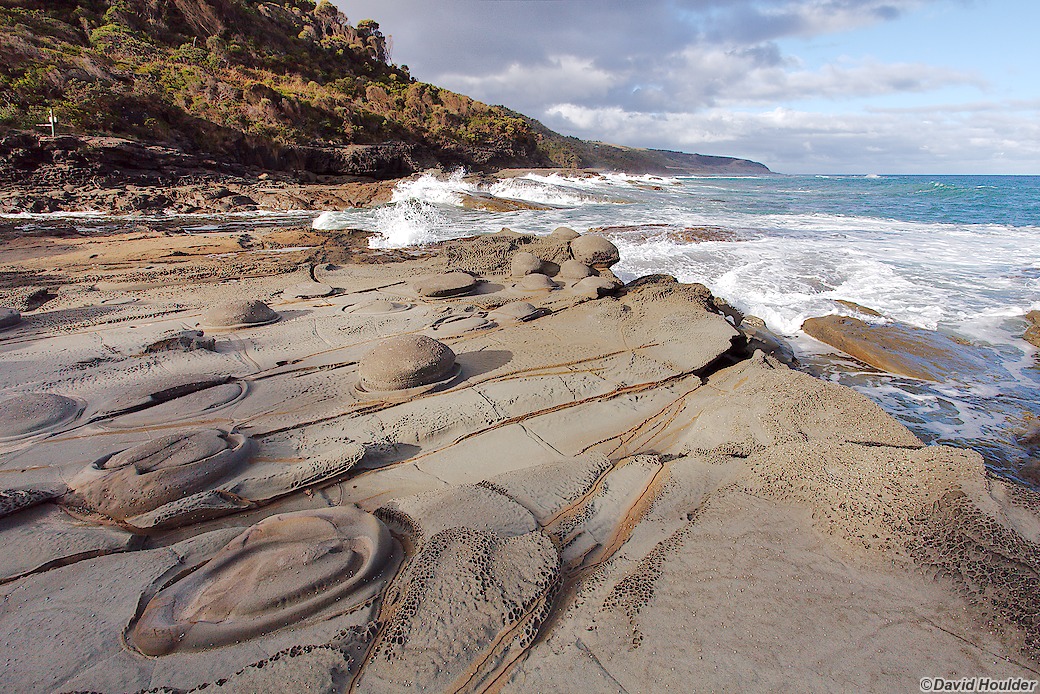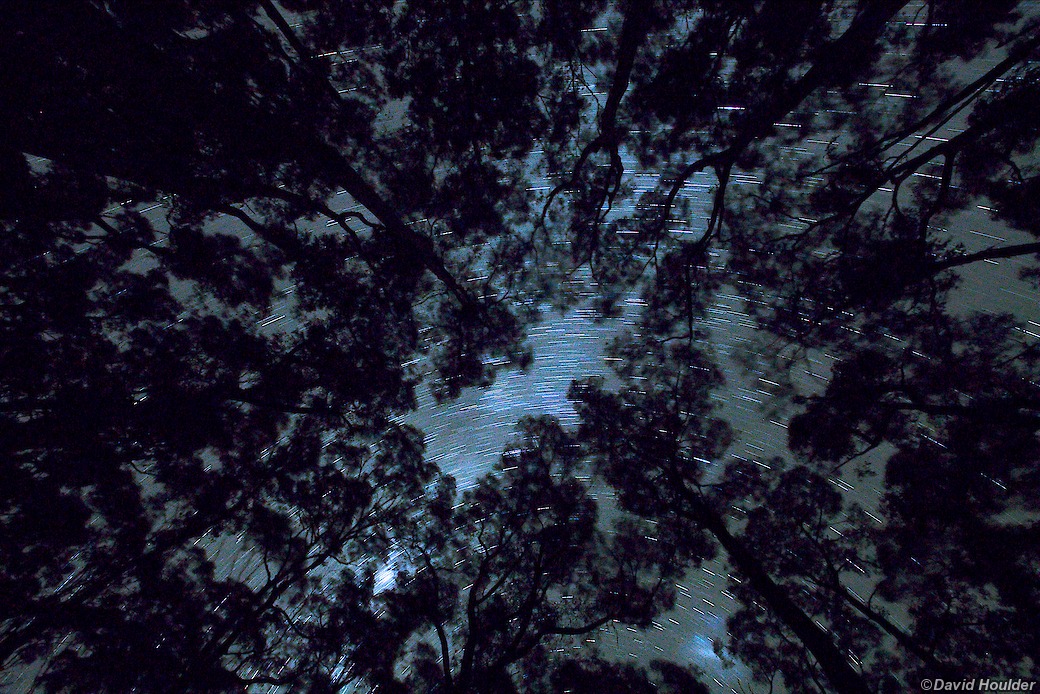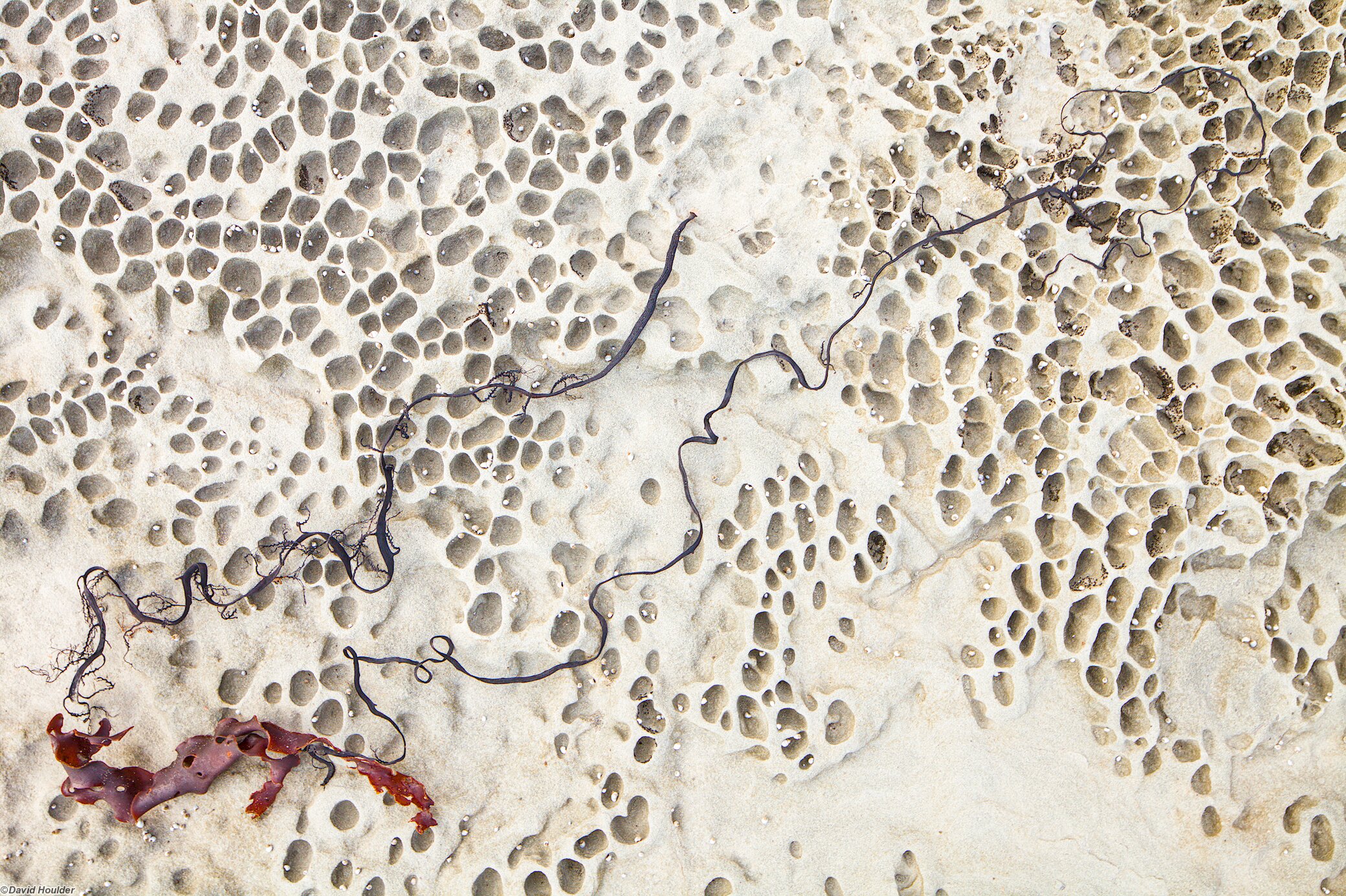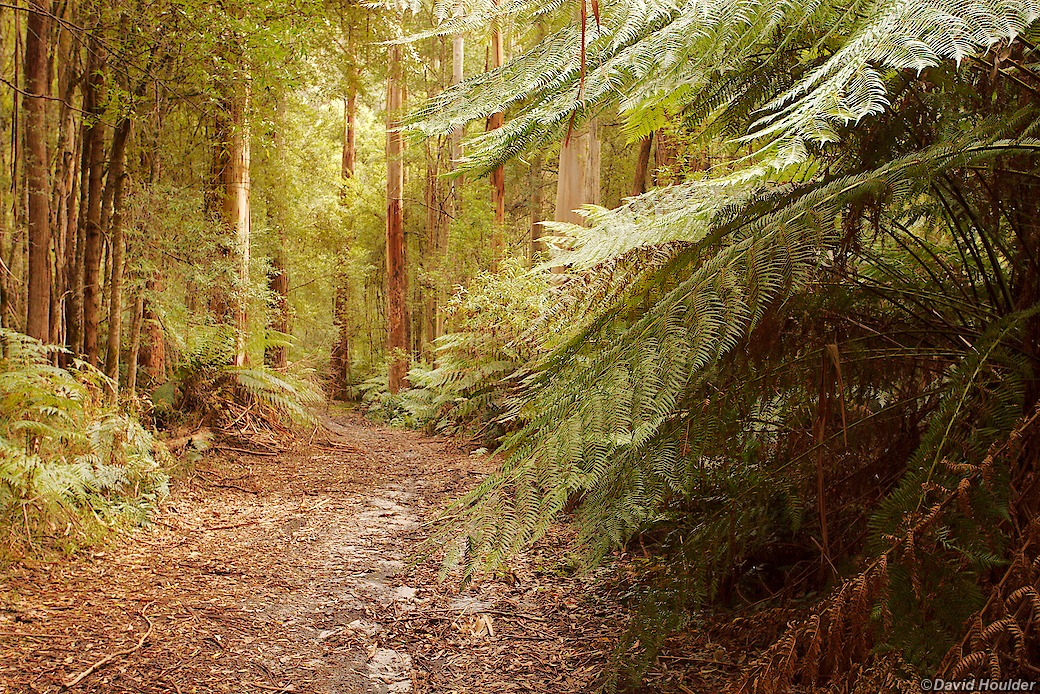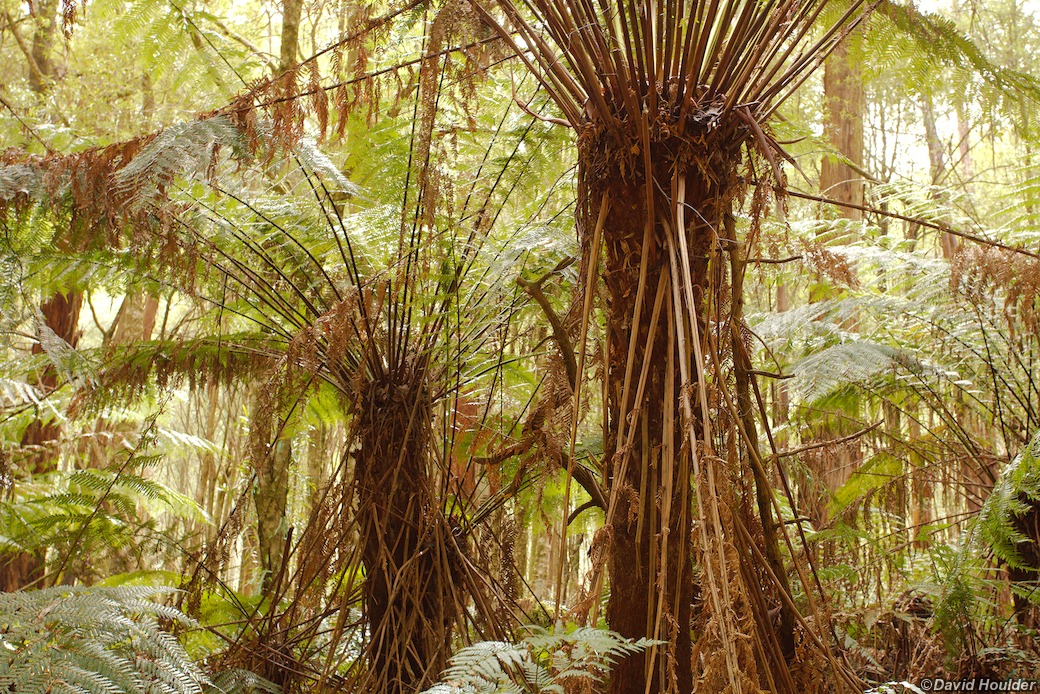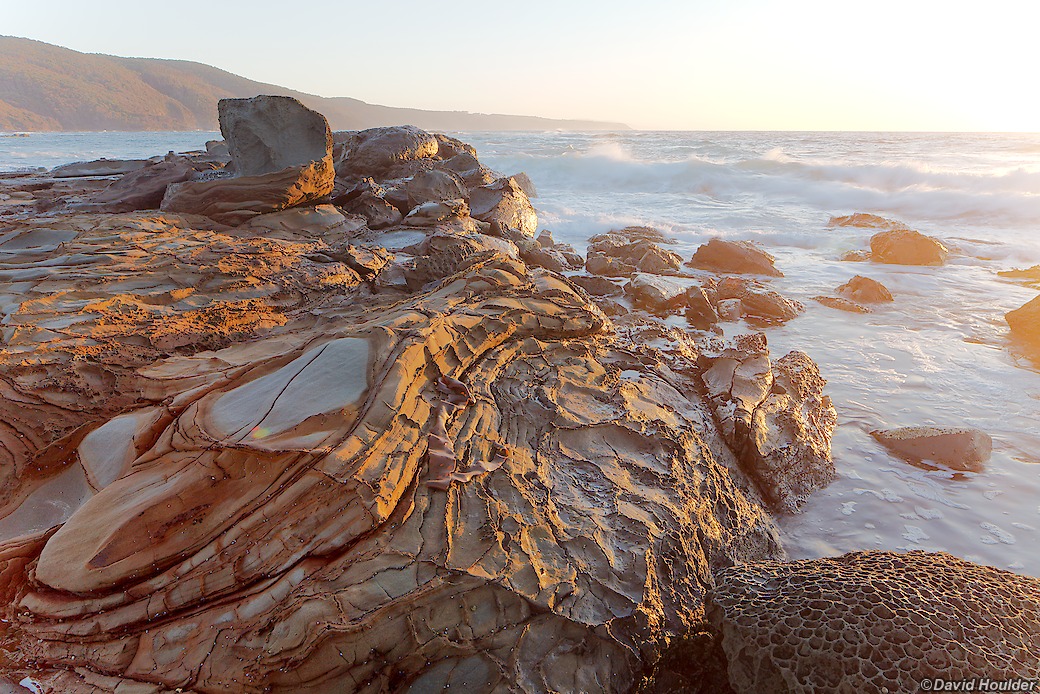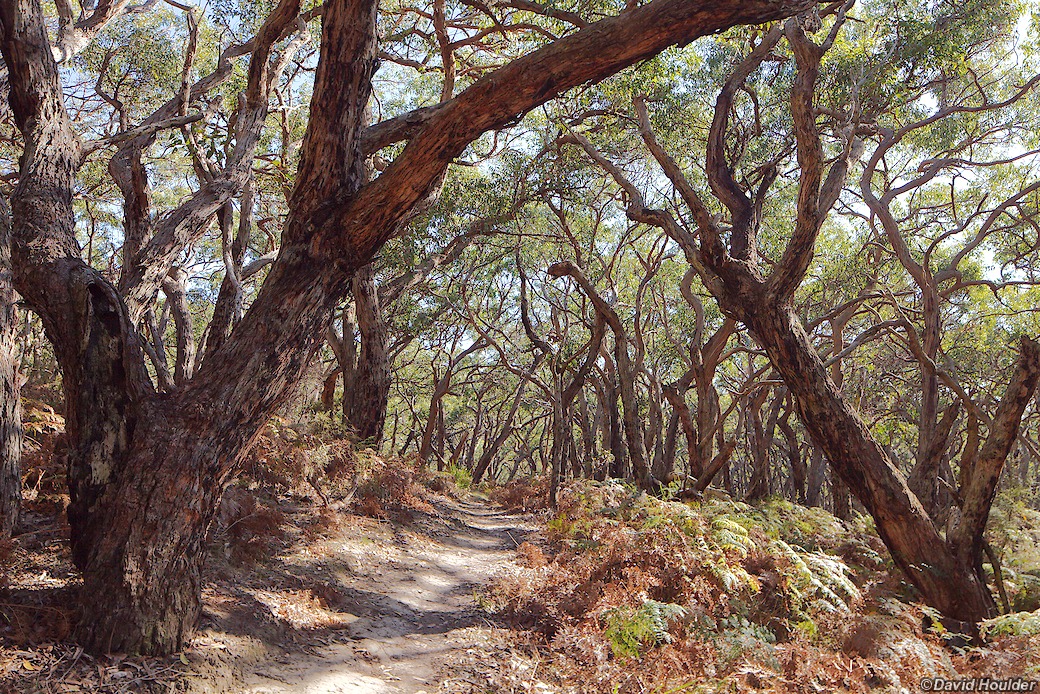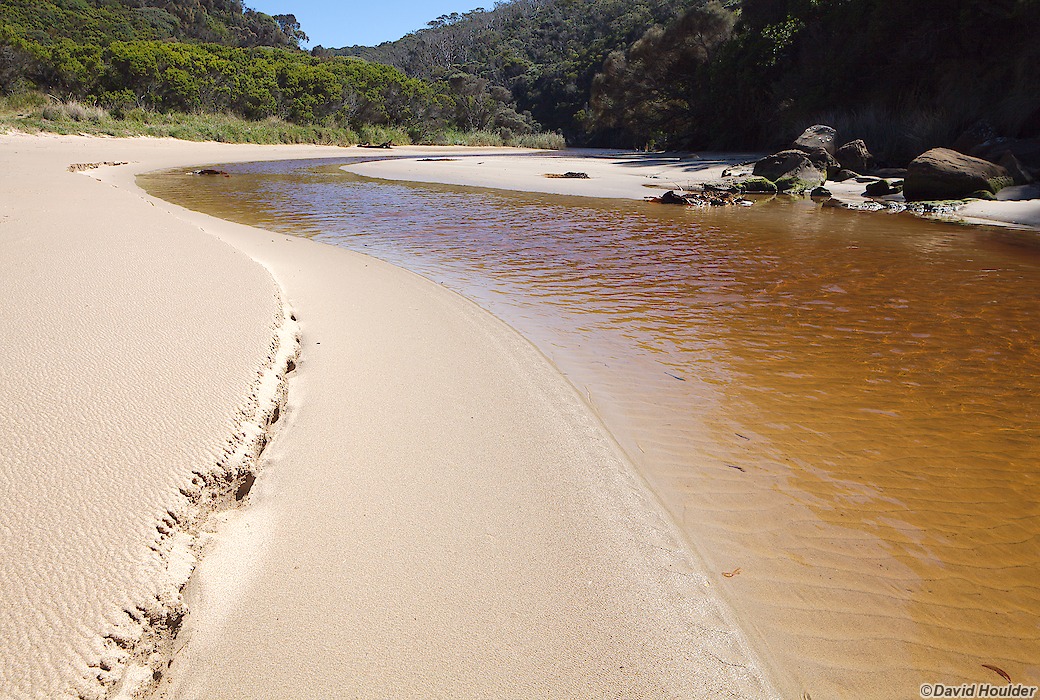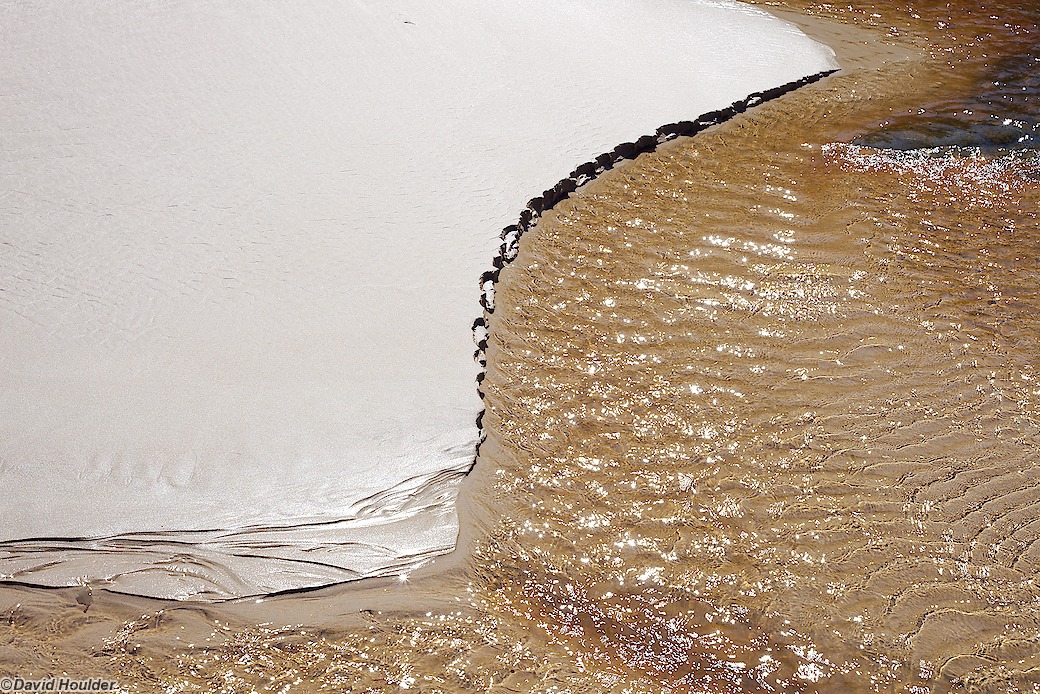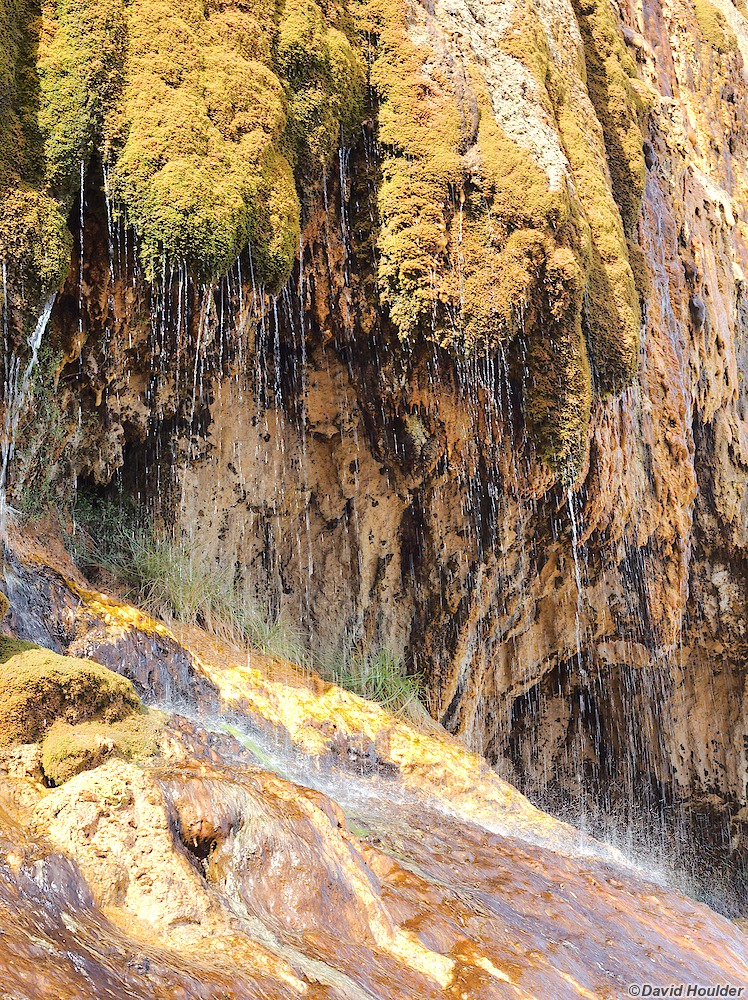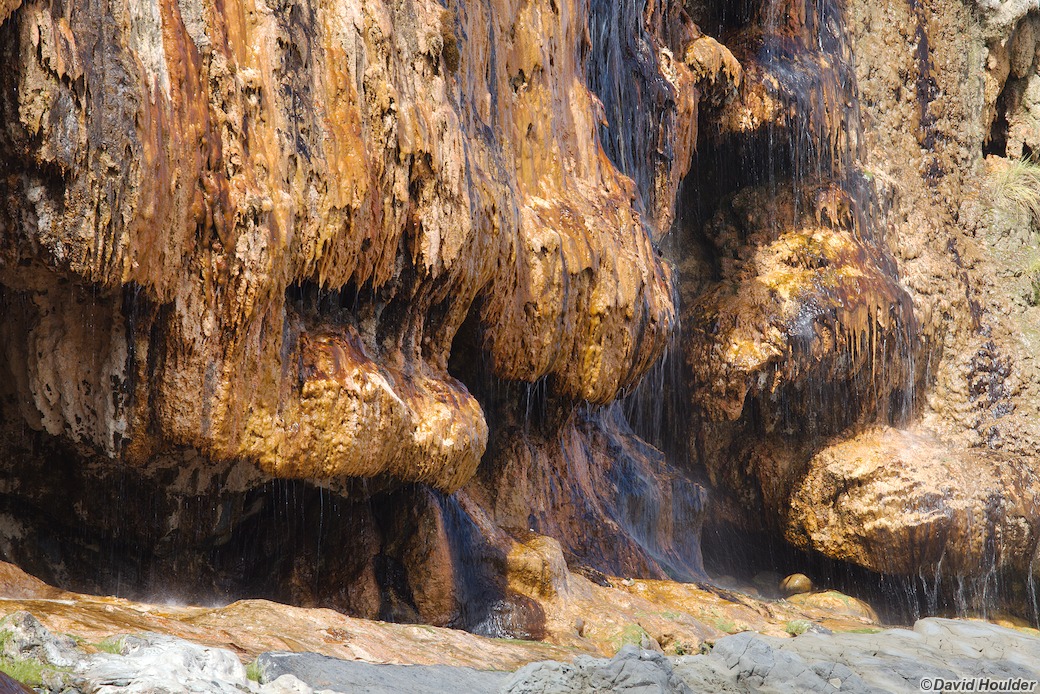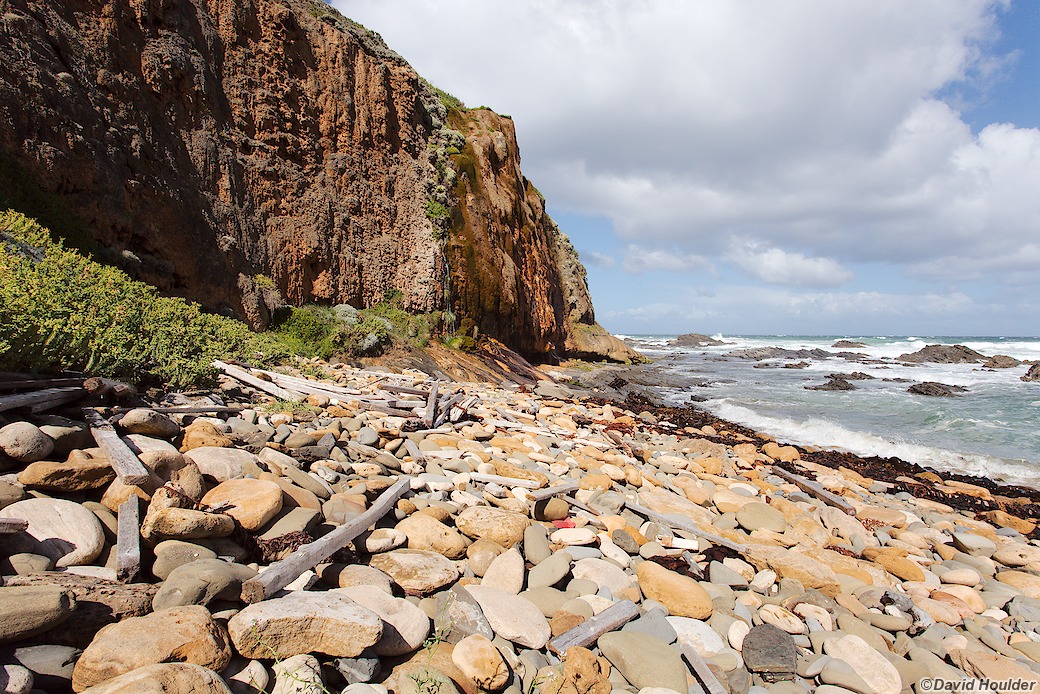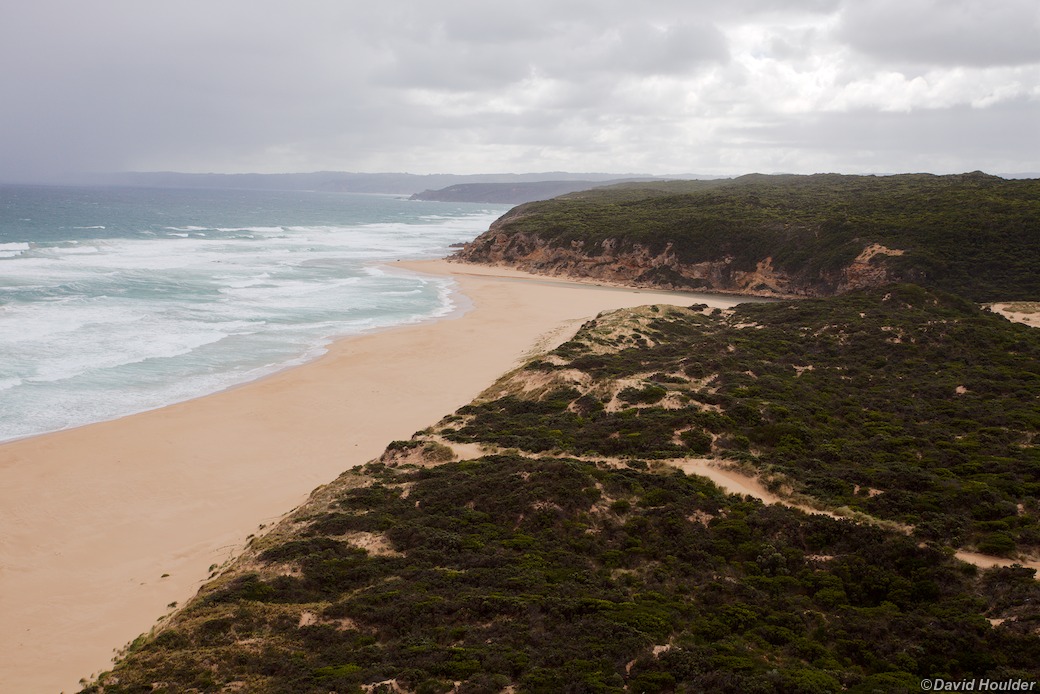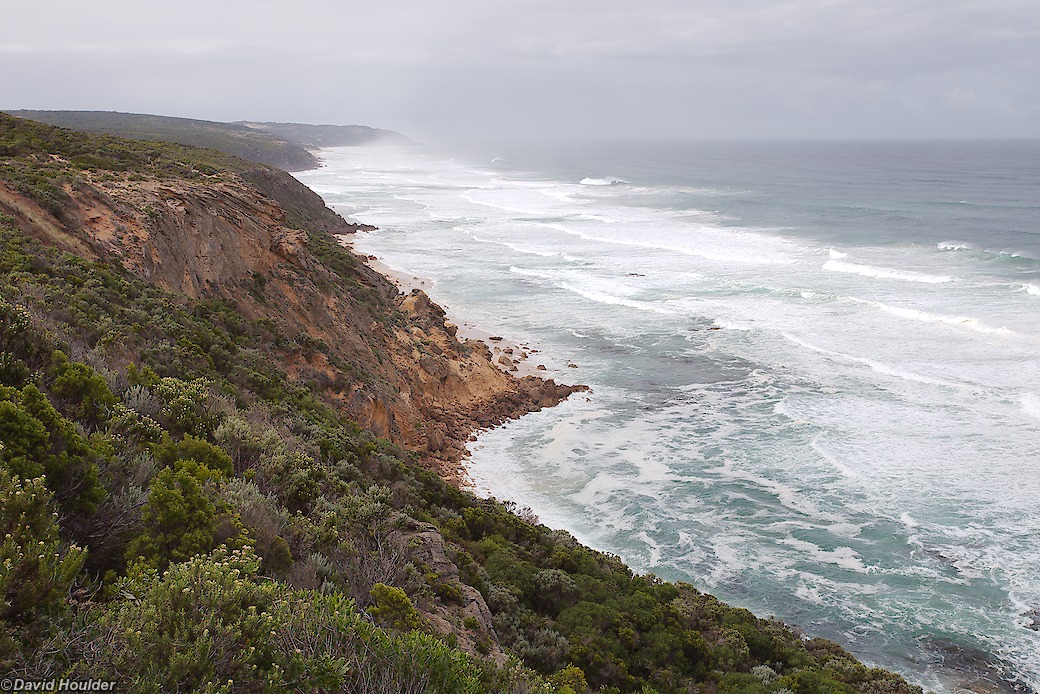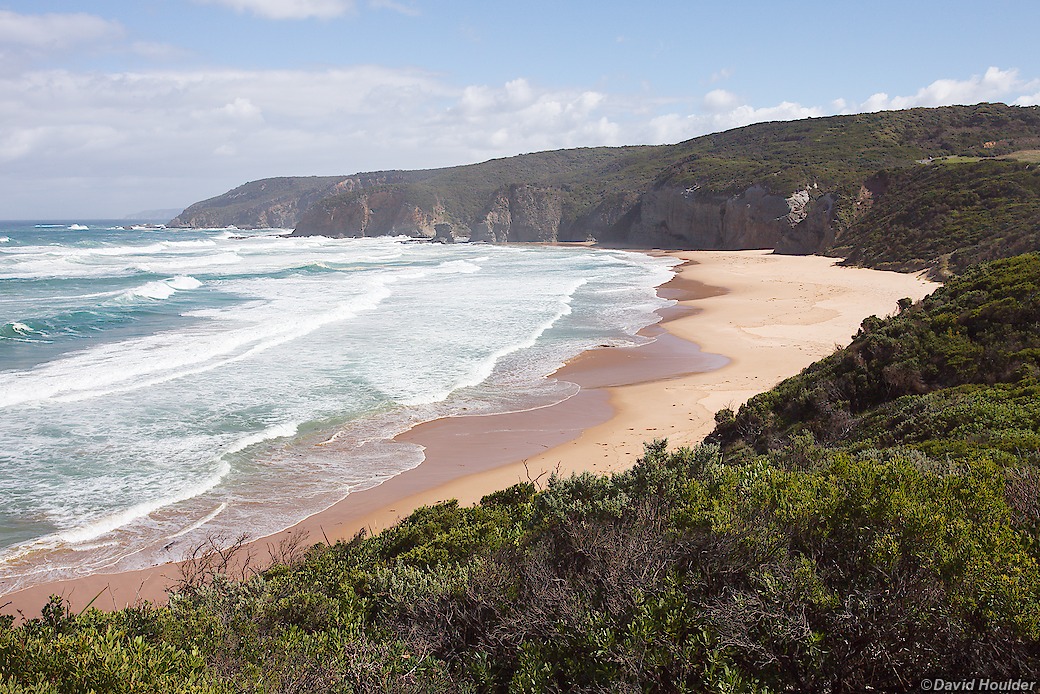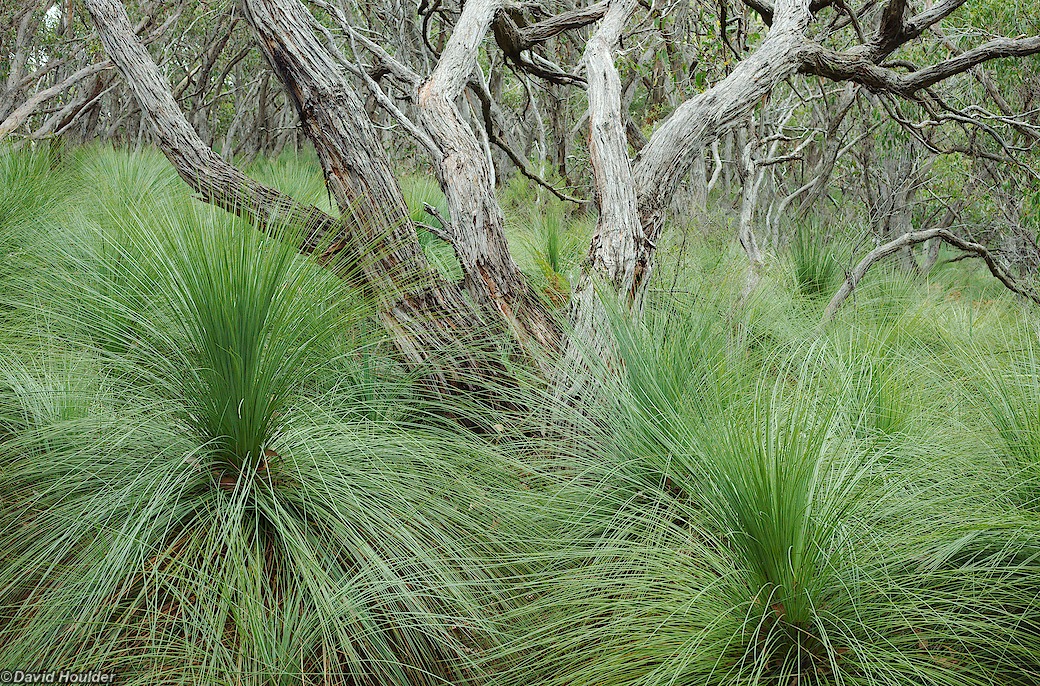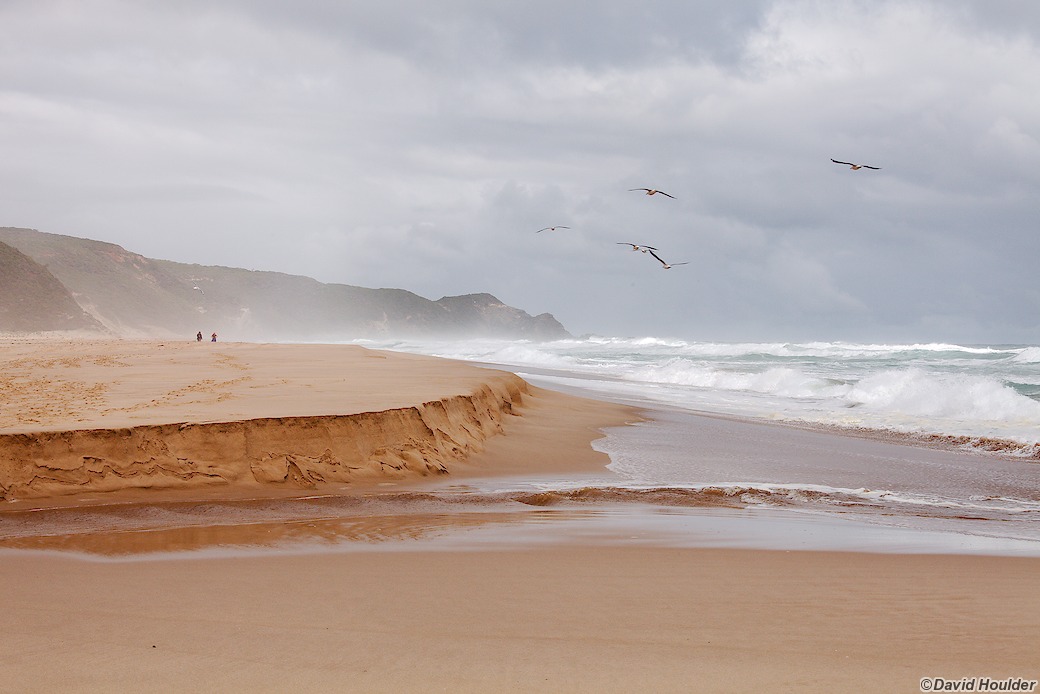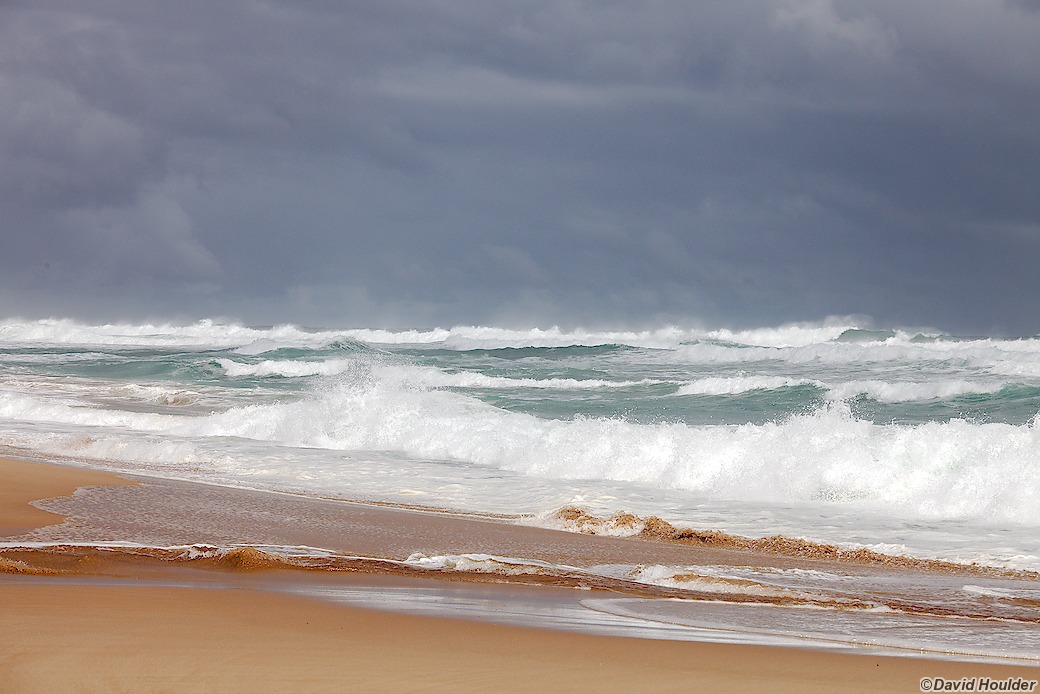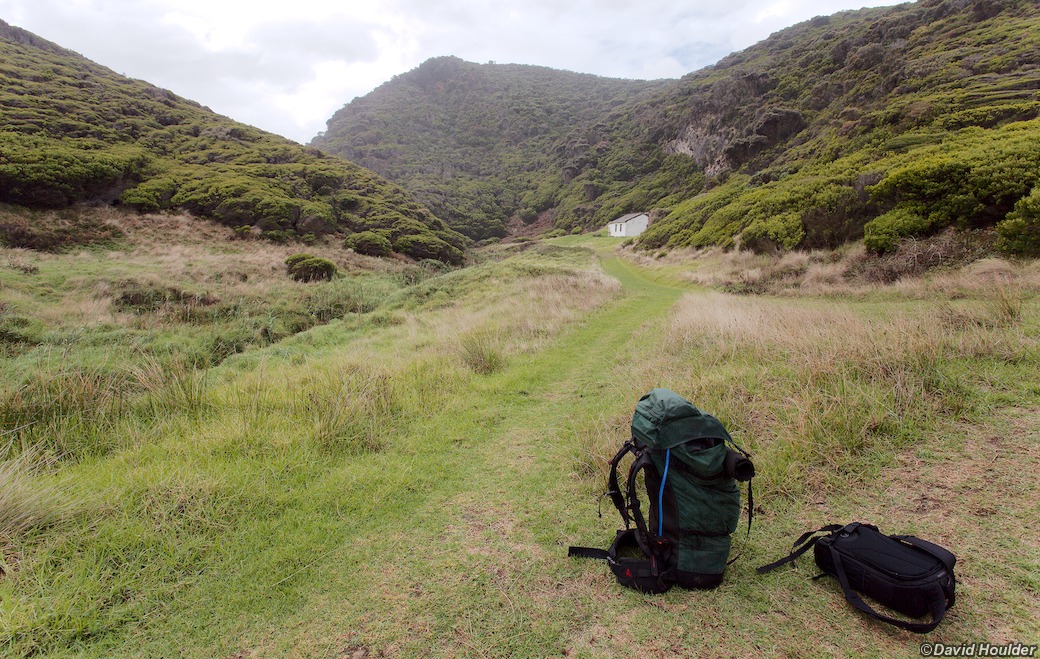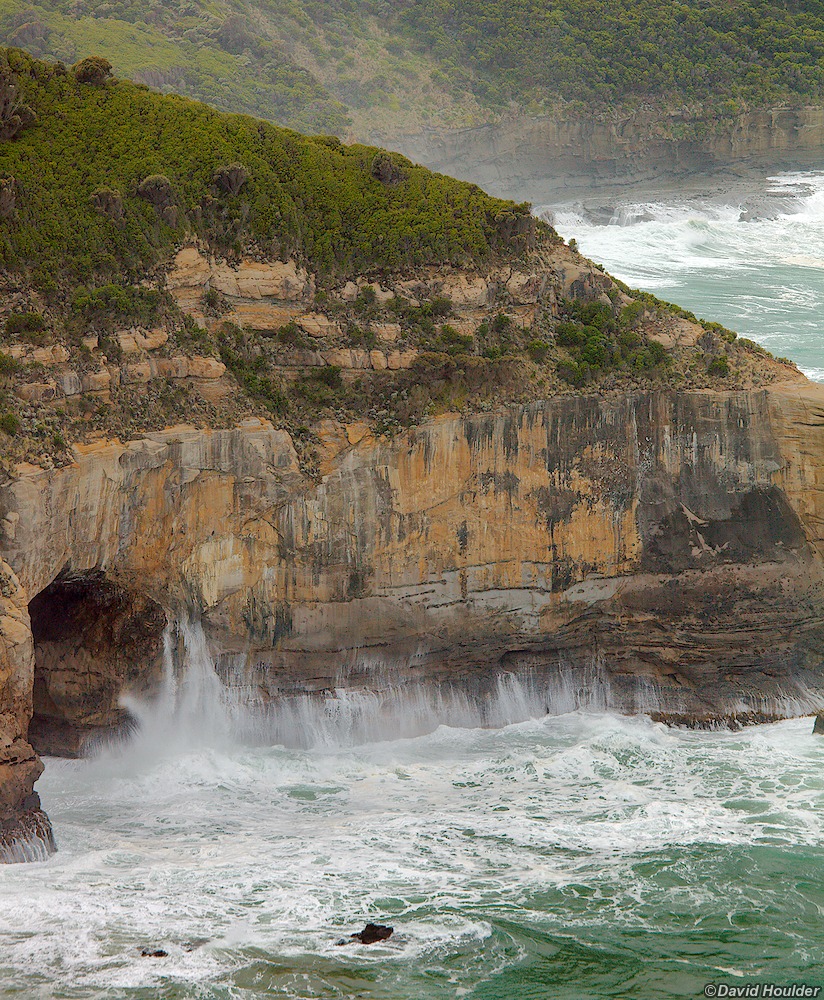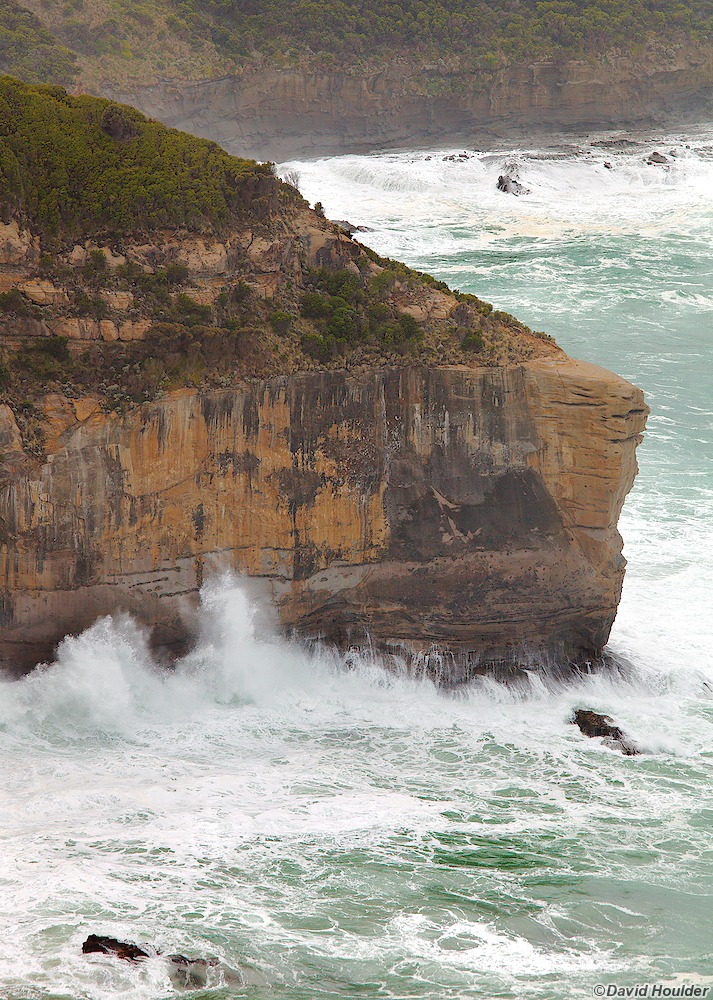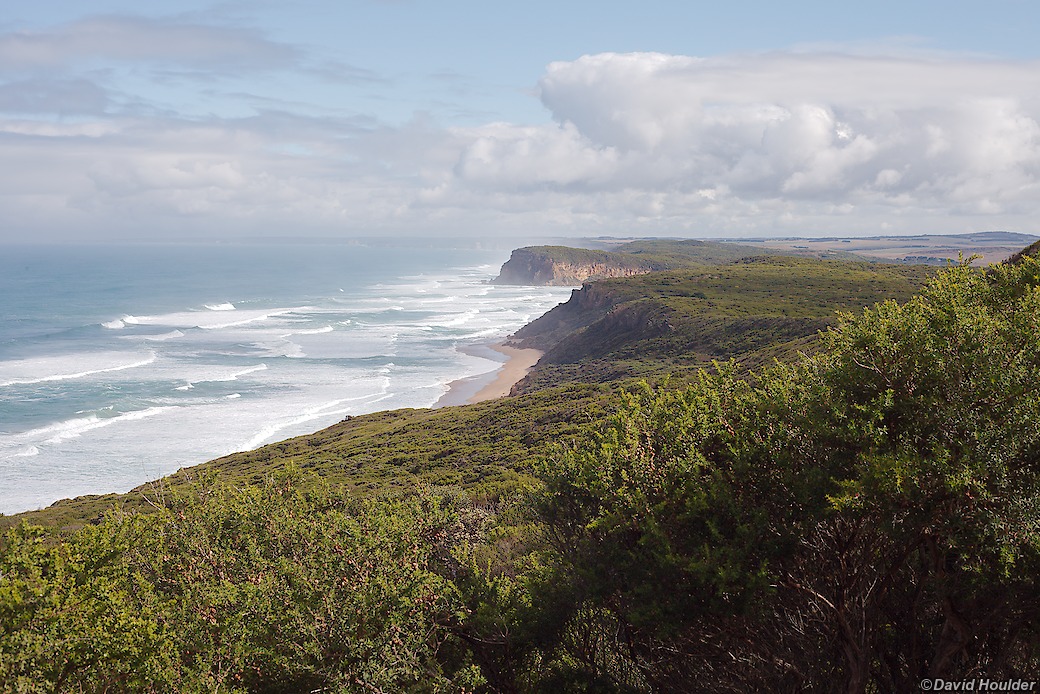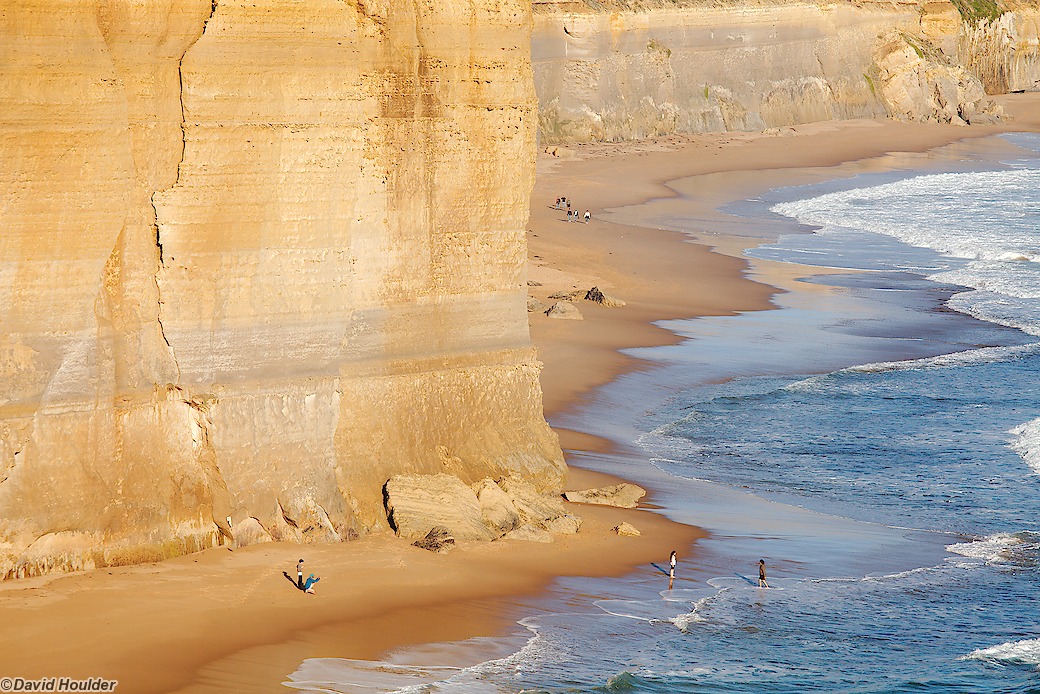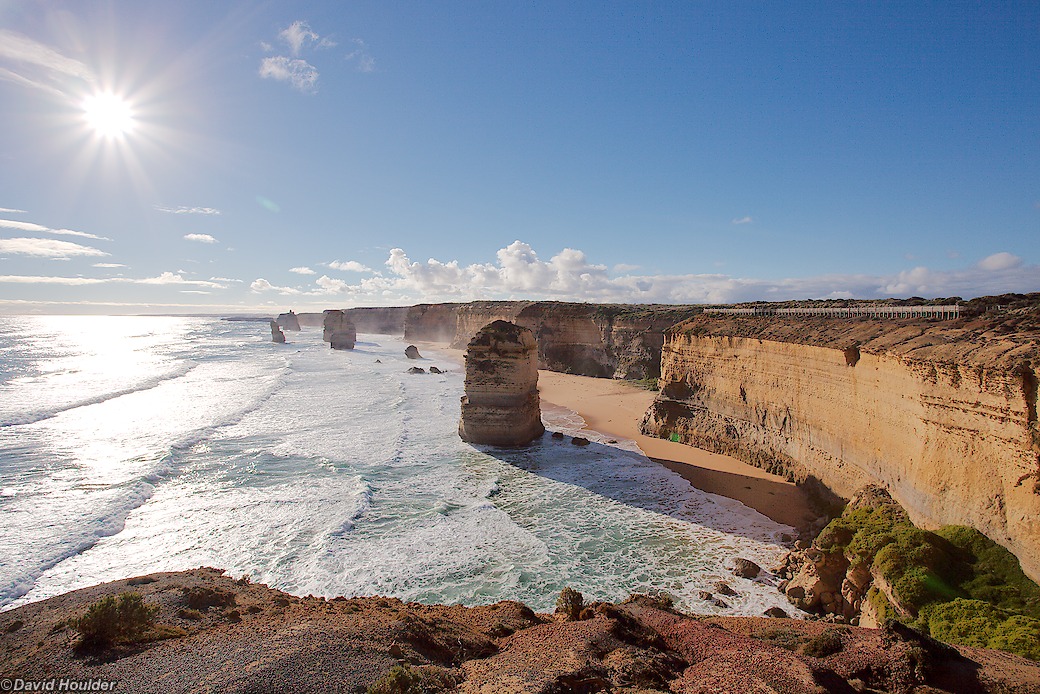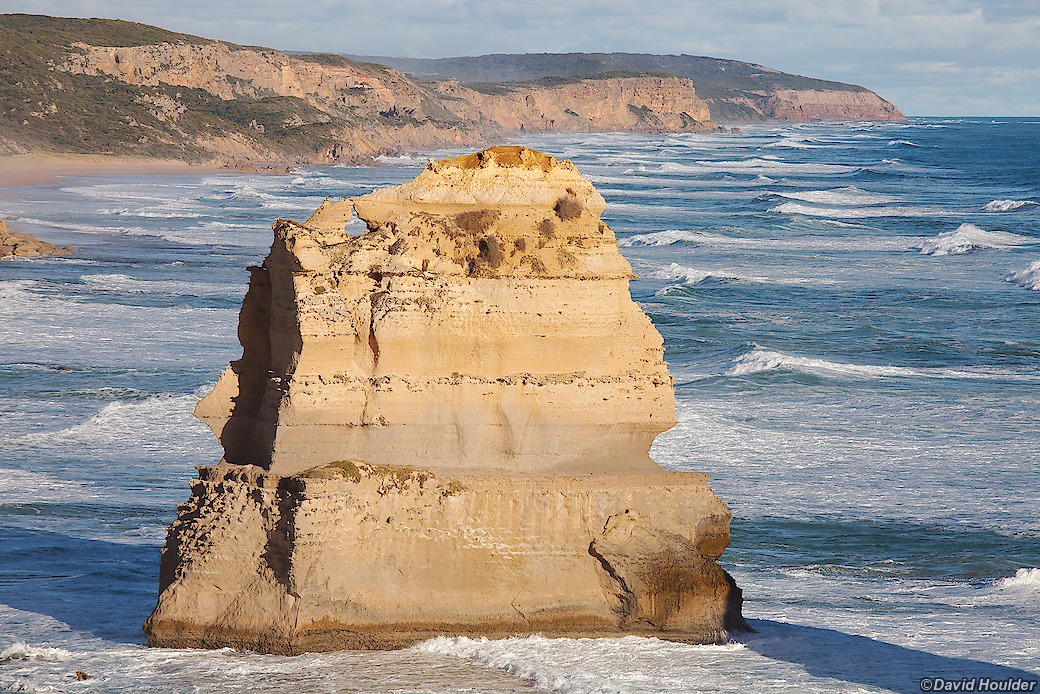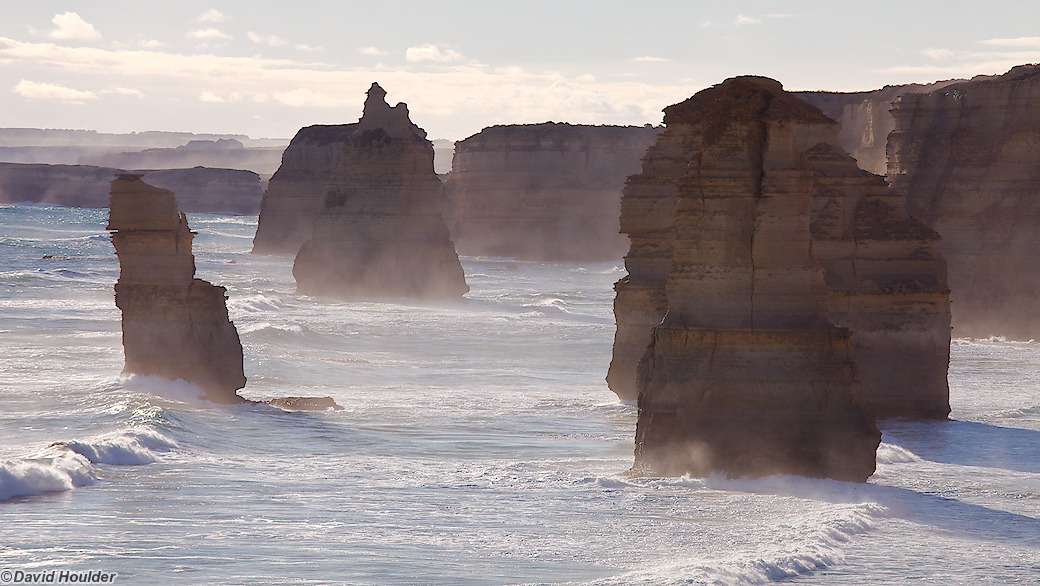The Great Ocean Walk starts in Apollo Bay on the south coast of Victoria (Australia), and ends at The Twelve Apostles, roughly 13km shy of Port Campbell about 100km further west. It's designed as an eight day walk, with the longest day being about 15km.
You can buy a special GOW annotated walk map from Parks Victoria, which is the only map you need to do the walk. In order to avoid carrying eight days worth of food, I posted a food drop to Bimbi Park, a caravan park on Manna Gum Drive, just near Cape Otway. Bimbi Park has some good walk notes too - see their website.
The walk is fairly popular, so in order to prevent the area from being trashed, you have to camp at the designated campsites, which you need to book in advance. For full details see the official website. Parks Victoria have built shelters, composting toilets, rainwater tanks and coffee tables (I'm sure that's what they were described as on the design brief - see below) at each campsite, as well as preparing a bunch of levelled tent sites. I think they've done a pretty good job.
